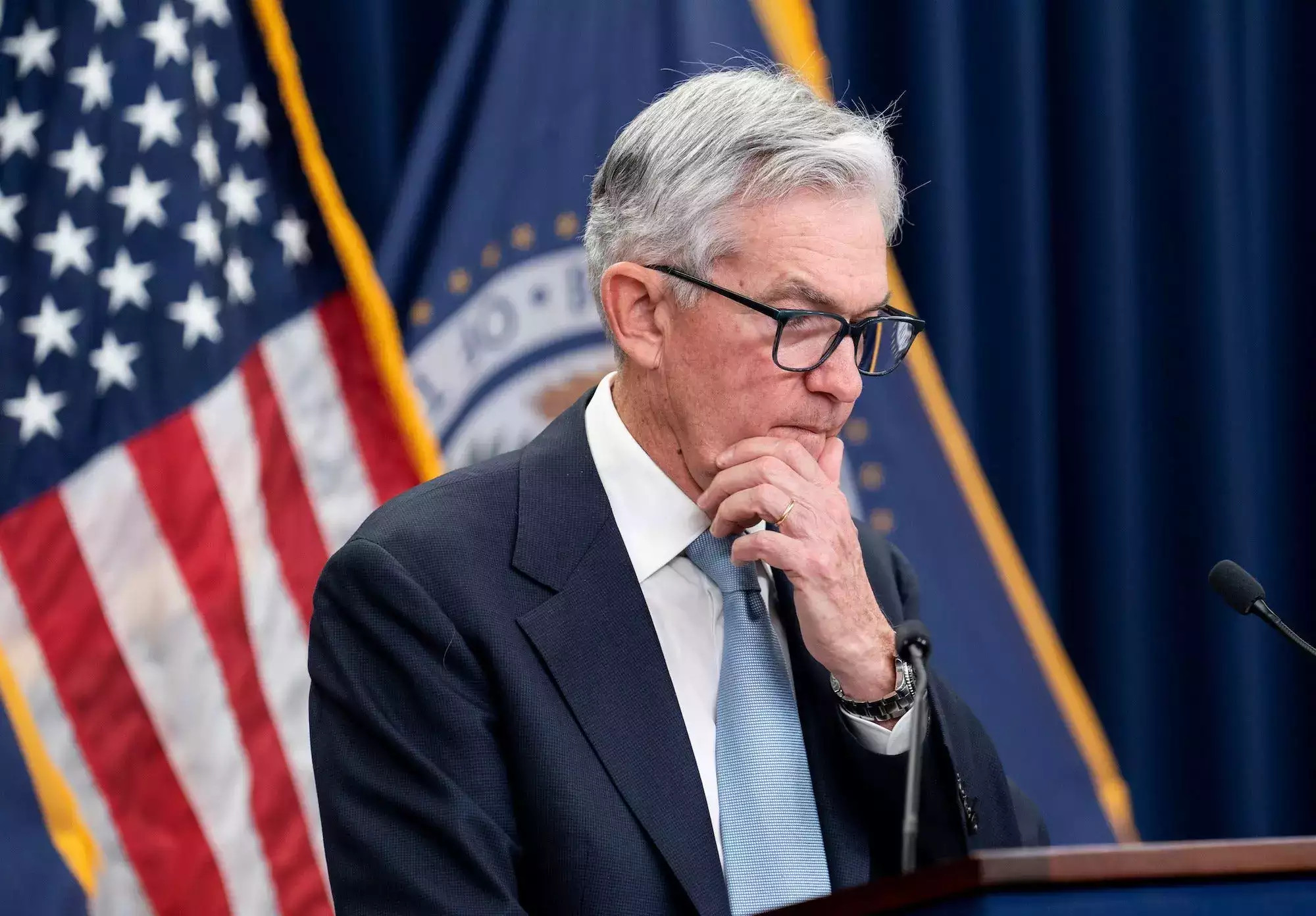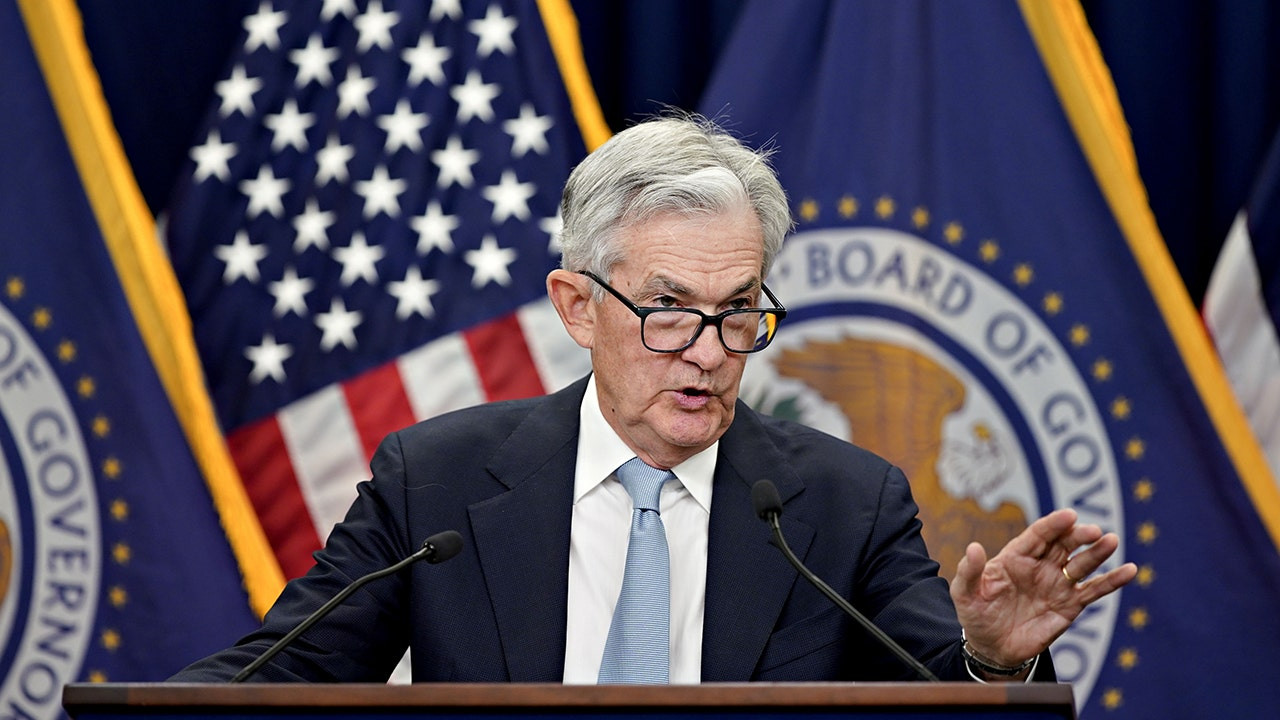The US Federal Reserve is set to announce its monetary policy decision today at 11:30 PM, September 18. Markets are widely expecting a 25-basis-point cut in the key interest rate, marking the first reduction in four years. While a rate cut is highly anticipated, the key question is whether the Fed will opt for a 25 or 50 basis point reduction.
"The Federal Reserve is expected to kick off a series of rate cuts on Wednesday, after having completed last year the most aggressive rate hike campaign in four decades. For investors, a key question may be whether the Fed will cut rates in time to avert a potential economic slowdown," said Amit Goel, Co-Founder and Chief Global Strategist at Pace 360.
'It is pertinent to note the bonds do much better in rate-cutting cycles which lead to a recession than they do in cycles which do not end in a recession," he added.
The Fed has completed its most aggressive rate hike campaign in four decades. Now, attention is shifting to whether the upcoming rate cut will come in time to avoid a potential economic slowdown.
All eyes will be on Fed Chair Jerome Powell’s remarks, especially on inflation and employment.
Powell’s speech is expected to offer insights into the health of the US economy and could shape market sentiment, both in the US and globally. His comments will also give an idea of the pace of future rate cuts.
Key Factors Influencing the Fed’s Decision
Here are five key factors that will likely influence today’s rate decision:
Inflationary Pressures
While headline inflation showed positive signs, underlying inflation rose unexpectedly in August. The increase in costs, especially in housing and travel, has made a larger rate cut less likely.
The US Consumer Price Index (CPI) slowed to 2.5% in August from 2.9% in July, reaching its lowest annual rate since February 2021, according to the Bureau of Labor Statistics. However, the rise in core inflation has raised concerns.
Employment Trends
The unemployment rate dropped slightly to 4.2% in August from 4.3% in July. Despite this small decline, the figure remains significantly above the April 2023 low of 3.4%.
Although the Fed has brought inflation closer to its 2% target, the rising unemployment rate is still a worrying trend, which could affect how much the Fed cuts rates.
Manufacturing Sector Performance
The US manufacturing sector contracted for the 11th time in 12 months, signalling weak demand. The ISM Manufacturing PMI stood at 47.2 in August.
Although factory production increased by 0.9% in August, primarily due to a rebound in motor vehicle output, July’s data was revised to show a decline of 0.7%, suggesting that manufacturing has been mostly stagnant. This weak performance adds pressure on the Fed to act cautiously when deciding on rate cuts.
Labor Market Cooling
A decline in job openings is often seen as a sign of a cooling labour market. Job openings in July fell to their lowest point since January 2021. The US economy added only 142,000 jobs in August, much lower than expected.
This could prompt the Fed to lean toward a larger 50-basis-point cut, as a weaker labour market may need stronger support.
Yield Curve and Recession Risk
The yield curve, which measures the gap between the 10-year and 2-year yields, has been a key recession indicator. Recently, the yield curve 'un-inverted', which typically signals positive economic outlooks.
However, because the curve had been inverted for two years, many fear a recession could still be on the horizon, similar to what happened in 2001 and 2007. The increased recession risk might push the Fed towards a more aggressive rate-cutting strategy in the months ahead.
Market Expectations and Potential Impacts
The main event for traders of the week may be the release of the Fed’s interest rate decision later today. The bank is widely expected to cut rates and what remains to be seen, is to which degree the interest rate is to be reduced. It should be noted that it is the first time the bank is expected to cut rates in four and a half years.
Analysts are highlighting that the meeting is to be “live,” implying that the ultimate decision may be a result of the discussions between policymakers at the meeting. Hence the uncertainty is elevated while the stakes are high. The bank’s dual mandate dictates that its mission is to keep inflation low and steady with the bank adopting a 2% YoY target and at the same time promote maximum employment.
It should be noted that the CPI and PCE rates are slowing down in a clear indication that inflationary pressures are easing in the US economy. At the same time, the US employment market’s tightness is easing if not a slack may be slowly building up. At the same time, the expansion of economic activity seems to be slowing down and thus the worries for a soft landing of the US economy tend to be enhanced. Also some market analysts are highlighting the possibility that the Fed is already too late in lowering its interest rate and the expression that the Fed “is behind the curve,” implying exactly that, is widespread.
The release is expected to hit primarily the FX market but also have strong ripple effects in US stock markets, Gold price and possibly also oil prices. Indications for the bank to be less dovish than what the market expects could support asymmetrically the USD and at the same time weigh on US stock markets, gold and oil prices.
For the time being, we note that the market seems to be pricing in a fifty basis points (bp) rate cut by 63% according to Fed Fund Futures (FFF), while the other 37% implies that a twenty-five bp rate cut is also sufficient. Yet FFF also implies that the market expects further lowering of seventy-five bp of the Fed’s interest rate by the end of the year. Hence the dovish expectations of the market are intense and imply that not only the width of a possible rate cut by the bank is important, but also the bank’s further intentions.
Should the bank actually deliver a fifty bp rate cut as expected we may see US equities gaining some support, while a twenty-five bp rate cut would contradict market expectations and could weigh substantially on US stock markets and gold and at the same time support the USD.
As for the Fed’s intentions we highlight four elements.
The first would be the bank’s forward guidance, included in the accompanying statement. Should the document be characterised by a clear cut dovish tone, thus verifying the market’s dovish expectations, we may see equities getting some support while US Stockmarkets and gold’s price could get a lift.
The second would be the new dot plot, showing the expectations of Fed policymakers about where interest rates are to land by the end of the year, the next year, the year after that and beyond. Should Fed policymakers show that they expect the interest rate to land higher than what the market expects we may see the dot plot weighing on stock markets and gold and at the same time support the greenback.
The third element of interest for market participants, may be the bank’s macroeconomic projections. Should we see a more optimistic outlook for the US economy, supporting the scenario of a soft landing and CPI rates being expected to ease further, it could be supportive for the USD as the pressure on the Fed to cut rates hastily further would ease.
Last but not least, we highlight Fed Chairman Powell’s press conference half an hour after the release of the Fed’s interest rate decision. Should the Fed Chairman maintain a clearcut dovish tone in his press conference we may see US equities getting some support and weighing on the USD, while any hesitation for fast and extensive rate cuts, thus contradicting the market’s expectations for extensive rate cuts to come could have an adverse effect on US equities and support the USD. Please note that the press conference is expected to extend volatility for the markets. Hence its not only the release of the interest rate decision as such which is to set the minds of market participants but also Fed Chairman Powell’s press conference. The Fed Chairman is well known to have been able to reverse the markets’ reactions in the past.
Analysis of Market Reactions
Besides fundamentals we also note the technical aspect of the release. We intend to cover all three major categories trading instruments, namely the FX market, US equities and gold. For the FX market we chose USD/JPY to technically comment, for Equities and seeking a broader view we chose S&P 500.
USD/JPY Technical Analysis
Support: 140.30 (S1), 137.25 (S2), 133.00 (S3).
Resistance: 143.40 (R1), 146.00 (R2), 149.40 (R3).
USD/JPY rose yesterday after bouncing on the 140.30 (S1) support line. The pair’s direction may be dependant also on the Fed’s interest rate decision, yet on a technical level, we tend to maintain a bearish outlook for the pair as long as the downward trendline guiding the pair since the 16th of August, remains intact. The RSI has risen after hitting on the reading of thirty, implying a temporary easing of the bearish sentiment of the market for the pair. Yet we note that for the bearish outlook to be maintained, we would require the pair to break the 140.30 (S1) support line and start aiming for the 137.25 (S2) support level.
On the flip side, should the bulls take over, we may see the pair breaking the 143.40 (R1) resistance line and continue to break the prementioned downward trendline, signalling an interruption of the downward motion thus paving the way for the 146.00 (R2) resistance level.
S&P 500 Technical Analysis
Support: 5440 (S1), 5200 (S2), 4935 (S3).
Resistance: 5675 (R1), 5900 (R2), 6150 (R3).
S&P 500 edged higher yesterday, testing the 5675 (R1) resistance line, aiming for new record high levels. We expect the direction of the index to be heavily affected by the Fed’s interest rate decision later today. On a technical level, we note the bullish tendencies of the index. The RSI indicator continued to rise above the reading of fifty implying the build-up of a bullish sentiment among market participants for the index.
On the other hand, there seems to be some fatigue among equities bulls as the upward differentials in the index’s daily movement seem to be narrowing. For the time being we expect the index to stabilise somewhat. For a bullish outlook we would require the index to clearly break the 5675 (R1) resistance line and we set as the next possible target for the bulls the 5900 (R2) resistance level. A bearish outlook seems currently remote, yet should the bears take over, we may see the index falling and breaking the 5440 (S1) support line and start aiming for the 5200 (S2) support base.
Gold Price Technical Analysis
Support: 2530 (S1), 2450 (S2), 2335 (S3).
Resistance: 2590 (R1), 2700 (R2), 2800 (R3).
Gold price seems to have hit a ceiling at the 2590 (R1) resistance line, which is a new record-high for the precious metal’s price. It is characteristic that the price action of the precious metal, has reached new record high levels and stabilised, awaiting the Fed’s interest rate decision. On a technical level and for the time being, we tend to maintain a bullish outlook given that the upward trendline guiding gold’s price since the 8th of August, remains intact. We also note that the RSI indicator remains near the reading of seventy, implying a strong bullish market sentiment for Gold.
On the flip side the fact that the RSI indicator has reached the reading of 70, may imply that the precious metal’s price may be nearing overbought levels and may be ripe for a correction lower. At the same time, we note that the price action of the bullion has reached a halt and stabilised, after breaching the upper Bollinger Band also implying that gold’s price may have reached overbought levels and may force gold bulls to take a break. Should the buying interest be extended as expected, we may see the bulls pushing the precious metal’s price beyond the 2590 (R1) resistance line and set as the next possible target for gold bulls, the 2700 (R2) resistance level. Yet a bullish outlook would imply entering unchartered waters, which may cause gold bulls cold feet.
A bearish outlook seems currently remote and for it to materialise the price action of gold may have to drop and initially break the prementioned upward trendline in a first signal that the upward motion has been interrupted and continue to break the 2530 (S1) support line and start actively aiming for the 2450 (S2) support level.
Conclusion: A Cautious Path Ahead
In our opinion, the Fed may not be as dovish as the market expects. Specifically we highlight the doubts for a double rate cut today and a more cautious approach may be adopted by Fed policymakers with a lowering of interest rates by 25 bp. Also the market expectations for a lowering of rates by 125 bp by the end of the year may be overstretched and thus the new dot plot may disappoint the doves a bit.
Last but not least, we may see the Fed Chairman preferring to ease the market’s extensive dovish expectations in his press conference. Thus we see the risks of the event being tilted dovish but not as dovish as the market expects, which in turn could weigh somewhat on US stockmarkets and gold’s price, while at the same time provide support for the USD.















